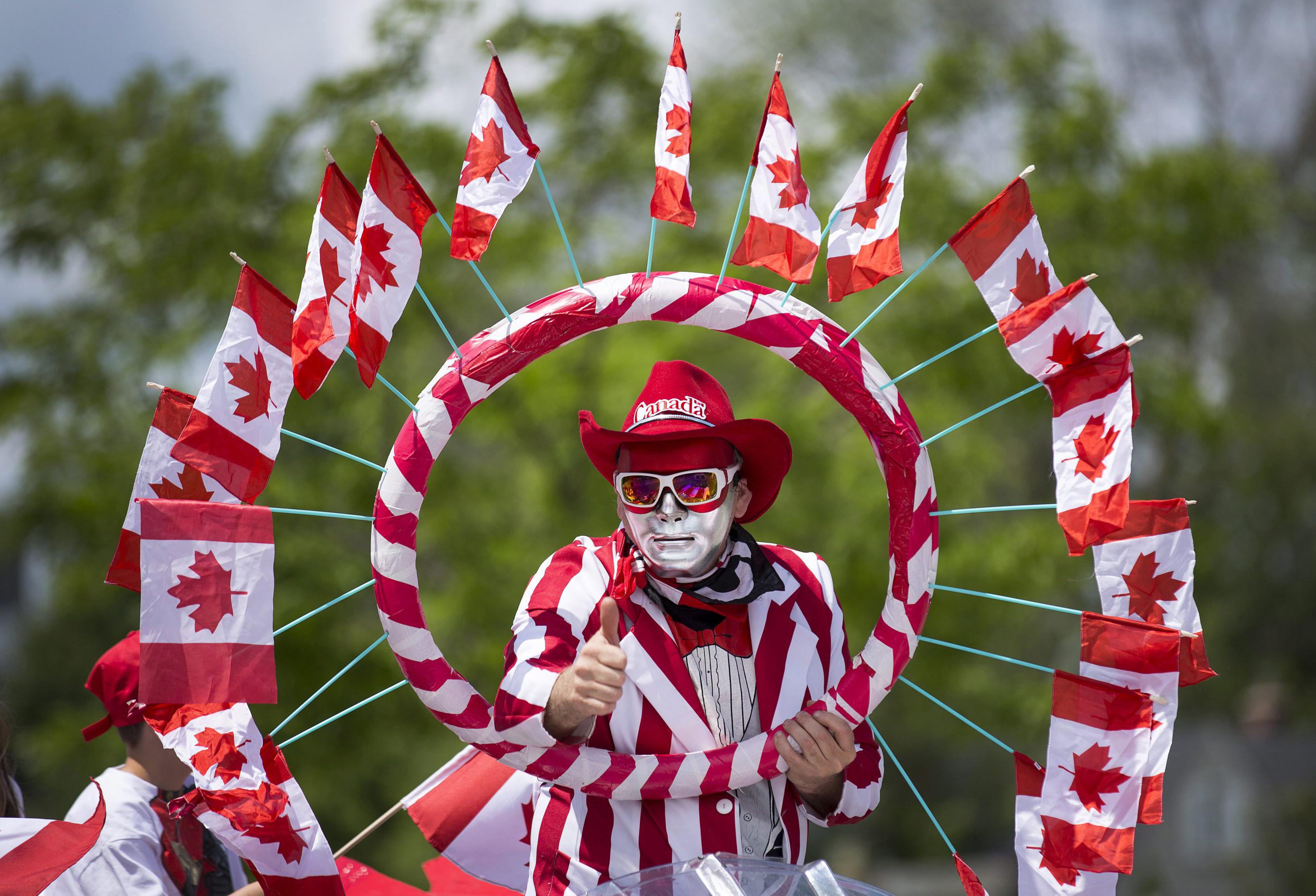Things Canadians Say That Americans Don't
Back in the days when I worked in high-tech, I went to Canada every so often and would hear some of these terms.
If you think for a bit you can figure out what some of them mean. I doubt, however, that you will figure out all of them.
- Keener: A person who is extremely eager or keen. Used interchangeably with terms like “brown-noser” and “over-achiever” among Canadian schoolchildren.
- Mickey: A 375 ml bottle of alcohol. Usually shaped like a flask but slightly larger, they fit perfectly in a lady’s purse.
- Runners: Running shoes. Or, really, any kind of athletic shoe, like a tennis shoe.
- Hang a Larry: Turn left.
- Hang a Roger: Turn right.
- Two-four: a case of 24 beers.
- Toque: Pronounced “Toohk,” a toque is a winter hat or knit cap. Like a beanie.
- Homo milk: Homogenized milk, also known as whole milk.
- “Out for a Rp”: Going out for a drive. Or a snowmobile ride.
- Timbit: a donut hole from Tim Hortons or any other restaurant in Canada.
- Parkade: A multistory parking lot.
- Toonie (or Twoonie) is a $2 coin. It’s two-colored and made out of aluminum bronze and nickel.
- Holiday: Canadians use the term “holiday” interchangeably with “vacation.”
- Chesterfield: a couch or sofa.
- Garburator: an electric device underneath a kitchen sink that breaks up food so it can be washed away. Americans call it a garbage disposal.
- Housecoat: a bathrobe.
- Texas mickey: a 3-liter bottle of alcohol.
- College: This refers specifically to community colleges in Canada. Any institution that awards degrees is referred to as a “university.”
- A “Pull” versus a “Boot”: Both terms are used to describe someone who is of drinking age who buys alcohol for those who are under-aged. In British Columbia and Alberta, the term “boot” is used. In Saskatchewan, the term is “pull.” Neither is prominent in Eastern Canada.
- “Hey” vs. “Eh”: In some parts of Western Canada, the term “Hey” is used more commonly than “Eh.” Importantly, Canadians do not intersperse either word at random throughout sentences. Both are used like the word “Right” at the end of a sentence.
